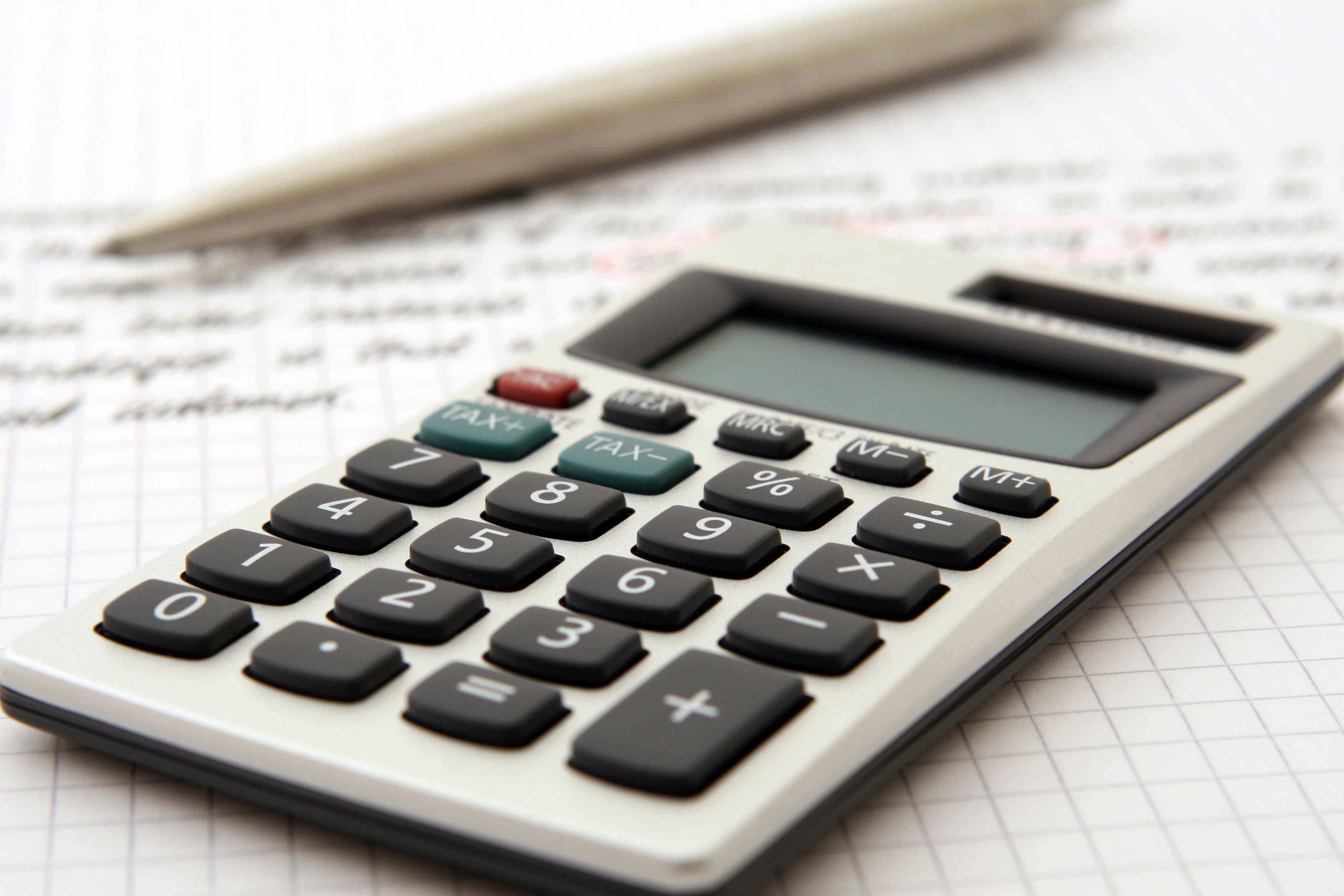Every year, small business owners are faced with new challenges and obstacles. For many small business owners, taxes and tax filing is considered a nightmare. With the Trump administration introducing a new tax bill in 2018, the landscape for small businesses may again be changing in 2019.
Win or lose in 2019?
Many small business owners should be excited for 2019 with a new year comes new opportunities, new opportunities to grow and new tax deductions.
20 Percent tax deduction
According to USA Today, small and medium-sized businesses may be eligible to deduct 20% of their income tax. Even though this is exciting news it comes with a catch. Companies who are set up in a way where they don’t own their equipment but lease it, won’t necessarily qualify for the deduction. This also plays into the requirements for the deduction. Companies set up as partnerships, S Corporations, and sole proprietorships qualify as long their annual income doesn’t exceed $157,000 for single tax filers and $315,000 for couples filing jointly. Find out more about the different legal structures here.
Wealthy Factory gave an example of how this would work:
Let’s say your business taxable income was $100,000, then after the 20% deduction, you only have to pay taxes on $80,000 worth of taxable income.
100 Percent Bonus Depreciation
In Wealth Factory’s article, “2018 Tax Reform Details: 5 Big Wins for Small Business Owners” they address new opportunities that small businesses can benefit from as a result of tax reform. Depreciation represents a large part of common tax deductions. Depreciation is where you are allowed to write off the wear and tear of certain property.
In 2002, Congress implemented the Bonus Depreciation Service to speed up this evaluation process and more quickly save on taxes. In 2015, the depreciation deduction was increased to 50%. Now the new tax reforms bump the deduction up to 100% and will stay like that until 2023. After 2023 it will slowly decrease each year.
Property that qualifies for this is personal property used for business purposes that is useful for 20 years or less. For example, cars, computers, software, machinery, equipment, and furniture.
Real property that is tied with the business, for example, real estate does not qualify. It is highly recommended that business owners speak with their accounts to discuss the plan they could use when implementing the bonus depreciation.
Consider a Retirement Plan
Another benefit of the new tax reform are the opportunities with retirement plans. MarketWatch published an article that gives tips and aspects of the new tax reform, showing how you can take advantage of changes to retirement plan policies.
Current retirement plan rules allow for significant deductible contributions. For example, if you’re self-employed and set up a (SEP-IRA where you can contribute a max of 20% of your earnings. Within this plan, you could have a maximum contribution of $55,000 for 2018. If you are considered an employee of your own corporation, you can contribute up to 25% of your salary or a max of $55,000 to your account.
If like many small business owners, you operate a sole proprietorship, a SEP-IRA could be your best bet. The deadline for setting up a SEP-IRA and making your first contribution in the 2018 tax year is October 15, 2019. This is only possible if you extend your return to that date. Other types of plans in most cases must be established by December 31, 2018, if you want to make a deductible contribution for the 2018 tax year, but the deadline for the contribution itself is the extended due date for your 2018 return. On the other hand, a SIMPLE-IRA contribution for 2018 requires you to have the plan set up by October 1st. If you were unable to make the cut-off you will have to wait until the next year.
Lowest and Highest Taxes
Even though most small businesses will be benefiting from the new tax plan, some will not be so lucky, depending on the state they do business in. Each state has different laws and different tax rates. Taxes have a big effect on the way you live, where you buy your property, and where you might retire. TurboTax put out a list of the top states with the highest taxes and the lowest. This is important to know if your a sole proprietor, a partner, or in an S Corporation because when you file your taxes you file them as an individual.
Highest Personal Income Tax States
Each year the IRS collects an income tax from it citizens called a personal income tax. As a small business owner you are most likely a sole proprietor or a partner in a company and if that is a case then you would file your company’s profit on your individual tax form. Personal income tax is in 41 states and the District of Columbia but, it is excluded from some other states. All personal income taxes differ from state to state. Here TurboxTax compiled the top 10 states that offer the highest taxes:
- California 13.3%
- Hawaii 11%
- Oregon 9.9%
- Minnesota 9.85%
- Iowa 8.98%
- New Jersey 8.97%
- Vermont 8.95%
- District of Columbia 8.95%
- New York 8.82%
- Wisconsin 7.65%
The sales & income tax leaders vary as well. The Tax Foundation describes an individual tax burden as what a taxpayer has actually spent in local and state taxes. According to the Tax Foundation, these are the five highest state-local tax states.
- New York 12.7 %
- Connecticut 12.6%
- New Jersey 12.2%
- Illinois 11.0%
- California and Wisconsin 11.0%
Lowest Personal Income Tax States
The lowest personal income tax various as well. Here are the most
- North Dakota 1.10% – 2.90%
- Delaware 2.2% – 6.6%
- Arizona 2.59% – 4.54%
- Mississippi 3% – 5%
- Louisiana 2% – 6%
If you would like more information about these friendly tax states, check Kiplinger’s article on friendly tax states.
No Personal Income Tax
There are seven states which don’t levy a personal income tax.
- Wyoming
- Washington
- Texas
- South Dakota
- Nevada
- Florida
- Alaska
How To Leverage Your Tax Savings?
If you are able to take advantage of changes to tax law to save some money on your taxes, what will you do with the savings? Biz Buy Sell, an online business market conducted a survey of 1,110 small business asking them what would they invest their money in if they received a tax cut:

Many small businesses (32% of them) claimed that they would invest their cash in marketing & sales to help improve their revenue and margins. 21% said they would invest in physical improvements of the business. For example, the outside appearance of the buildings or investing in new equipment for the business.
The above chart indicates a desire for stores to invest more in improving their marketing and branding. Mercato has prepared some useful guides to get you started while saving time and money:
- Do’s and Don’ts of engaging with your customers online (social media)
- Branding Your Grocery Business
- Tips For Getting Your Specialty Food Store Noticed Online
- How to Improve Customer Satisfaction with Your Store
Many more helpful resources are hosted on Mercato’s Merchant Blog.
For 2019 and beyond, the future of the tax environment looks bright for small business. With the implementations of tax cuts and deduction there is a great opportunity to save money and to also invest.








